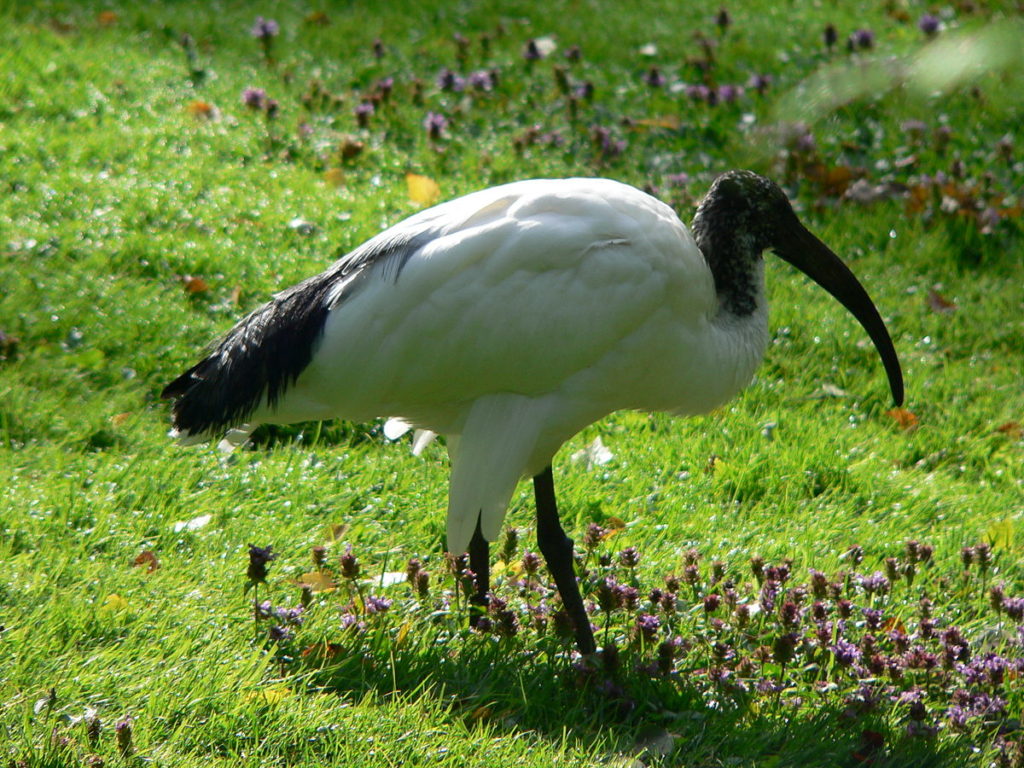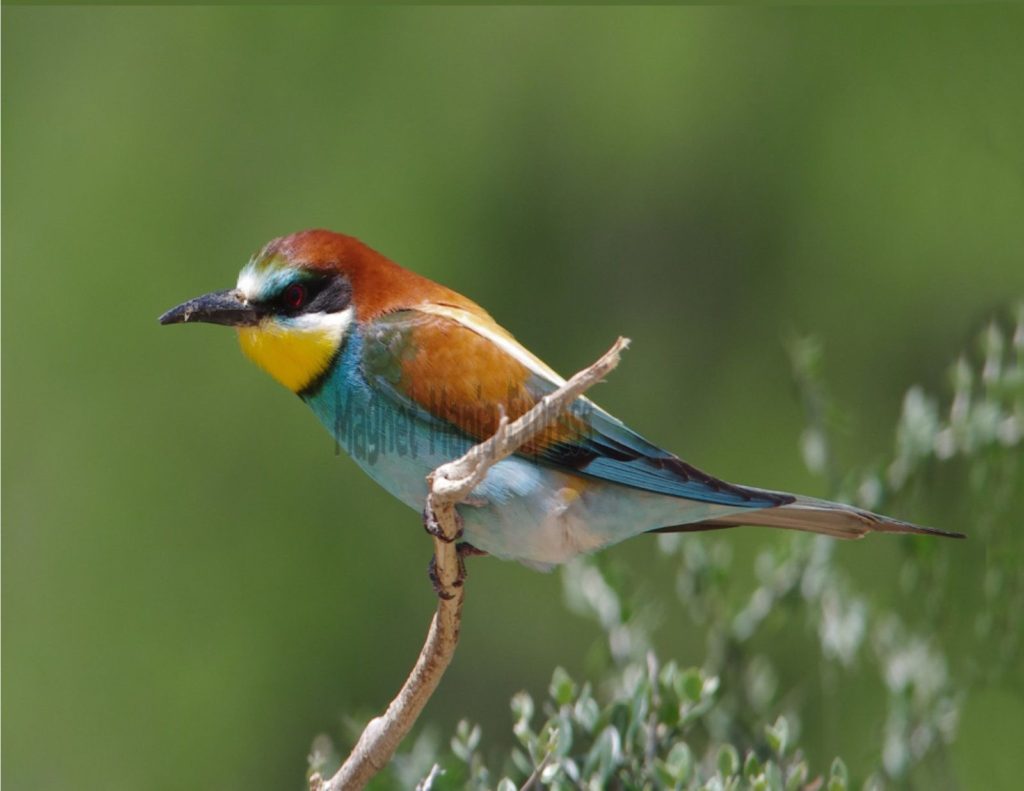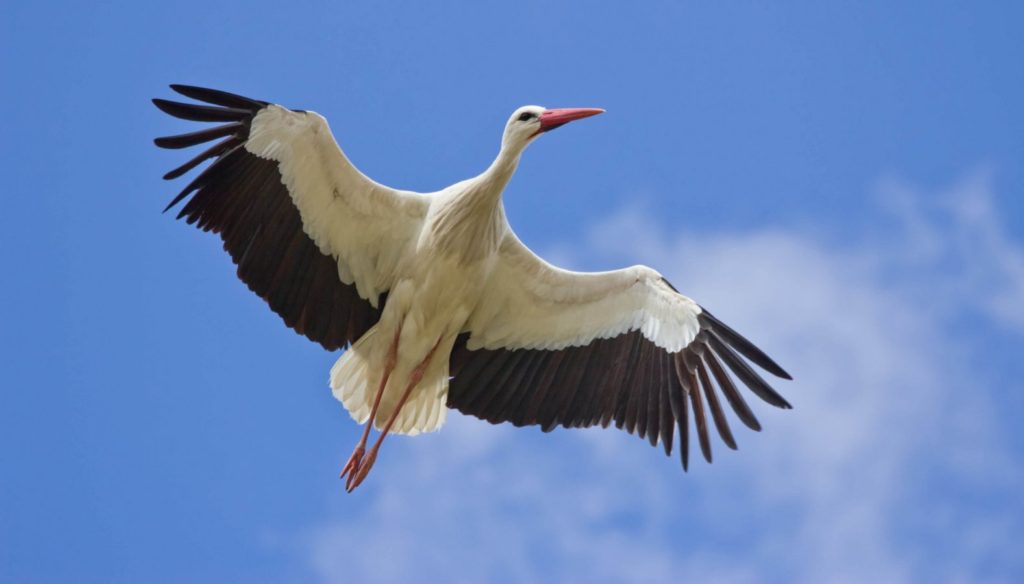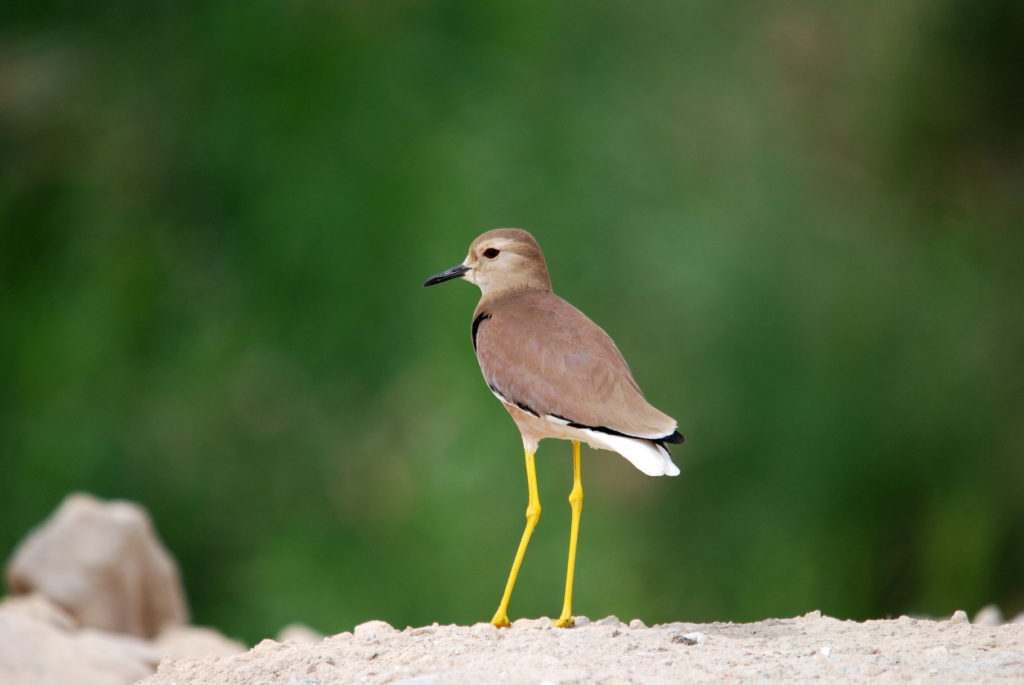By Muhammed Aladdin
From cave drawings to the more recent ornithology publications, humans have always been fascinated with birds. Their songs have inspired us to create music while our planes are molded after them; there is an undeniable connection between us and those incredible creatures.
In recent years, birding or bird watching has become popular with many individuals from all the corners of the world, stepping into one country after another, piecing together the migratory paths of birds. Many amateur birders helped discover major migratory routes that contributed to modern ornithology.
Here are our picks for birdwatching hotspots in the Middle East:
Egypt

In ancient Egypt, it was thought that an array of the country’s prominent deities such as Horus, Ra’, and Thoth manifest themselves to humans in the form of birds; our predecessors revered the fowls of the Nile. Although nowadays not many Egyptians share the same ancestral passion, thousands of travelers come to Egypt each year to witness Egypt’s awe-inspiring songbirds and waterbirds.
In an effort to preserve these species for future generations, the Egyptian government has mandated many of their nesting and breeding grounds to become protected areas under Egypt’s environmental law.
Located within the marshlands of the Nile Delta, Lake Burullus is a winter area for many species including Wigeons, Shovellers, Pochards, Boots, and Whiskered Terns.
While Lake Manzala is home for a wide variety of Shelducks, Shovellers, and Coots during winter.
Fayoum’s Lake Qarun, on the other hand, is an excellent destination for birdwatching with an opportunity to see Grebes, ducks, coots, and shorebirds.
Tunisia

Although small in size, Tunisia enjoys a high level of biodiversity with about 393 species of birds recorded. Most species of the region are either Palearctic or of desert origin. Tunisia is also home to rare, threatened species such as Marbled Teal, Ferruginous Duck, and White-headed Duck.
Every winter, the Gulf of Gabès, in particular, becomes home to two-thirds of the Mediterranean population of Greater Flamingo.
Morocco

Each year, millions of West European migrating birds pass through Morocco, primarily from July to the end of November in autumn and from the end of February to July in spring. Many of the birds migrate by night or soar too high for the eye to see during the day. But sometimes, some of them stop at Morocco’s wetlands to give an unforgettable sight.
The Souss valley is popular with Dark Chanting Goshawk and Tawny Eagle, and the Straits of Gibraltar for the impressive raptor migration.
Saudi Arabia

The people of the Arabian Peninsula revere and take pride in their national birds including a number of falcons, eagles, and hawks. The nations of the Gulf have taken these birds of prey as national animals and emblems.
Saudi Arabia, the largest country in the Arabian Peninsula, boasts a number of endemic bird varieties, meaning that these birds are unique to the peninsula itself. The South West Provinces have the lion’s share of biodiversity when it comes to Avifauna. At the summit of Asir, birders can find rare black eagles.
Also, permanent watercourses in Khamis Mushayt area and Abha are home to many waterbirds such as Storks and Hamerkops.
Oman

Situated at the crossroads of migratory routes, the Sultanate of Oman teems with species from all across the world. Birds come to Oman to rest from the harsh winters of the northern hemisphere. Birding has been popular with Oman’s locals, but in recent years, the pastime has attracted thousands of international tourists. Those come with their binoculars to spot the hundreds of varieties that the Sultanate shelters during the months of spring and autumn.
In Muscat, Oman’s capital, Al-Ansab Lagoons are the perfect destination for bird watching. There, birders can find species such as grey francolin, Red-wattled plover, laughing dove, little green bee-eater, Yellow-vented Bulbul, Arabian babbler, purple sunbird, and Indian silver-bill.
While Damaniyat, Sawadi, and Fahl islands, just four kilometers from Ras Al-Rahma Muscat, are considered popular nesting sites with species such as red-billed tropicbirds and sooty falcons.
The Musandam Peninsula is a breeding ground for red-tailed wheatear, Eversmann’s redstart, and plain leaf warbler.
Lebanon

With more than 300 bird species, Lebanon’s sky is teeming with Avifauna; some of them include endangered birds such as the Imperial Eagle and the Sociable Lapwing. There are many opportunities to see specific rather more common such as raptors, harriers, water birds, and others like the Syrian Serin and the Palestinian Sunbird.
Al-Shouf Cedar Nature Reserve is home to six cedar forests stretching over 50,000 hectares in the Mount Lebanon range. There is a watch-tower beside the lake, where birders can go watch various species of birds.
The Tyre Coastal Natural Reserve envelopes a number of terrestrial and marine ecosystems, where wildlife observers can see a number of rare birds and endangered sea turtles.
United Arab Emirates

Increased birding activity in the UAE has led to the discovery of over 400 species of flying fowls; the seven unified emirates are a crossroads of eastern and western migratory routes. A blend of Palearctic and Oriental exists there with Purple Sunbirds, Red-wattled Lapwings, Little Green Bee-eaters and Grey Francolins amongst the most popular.



